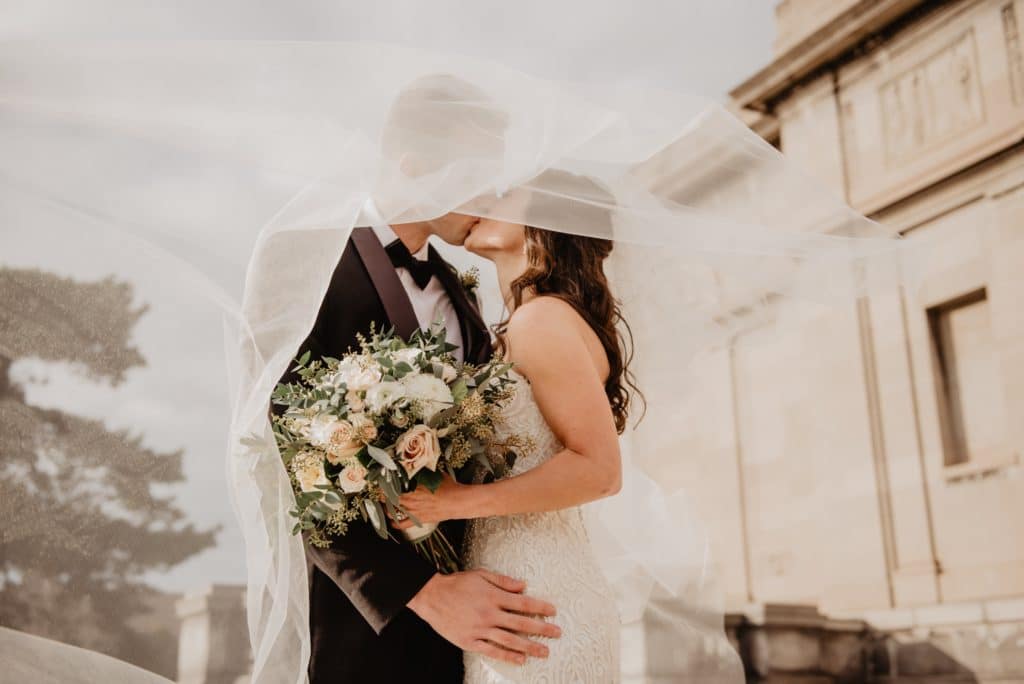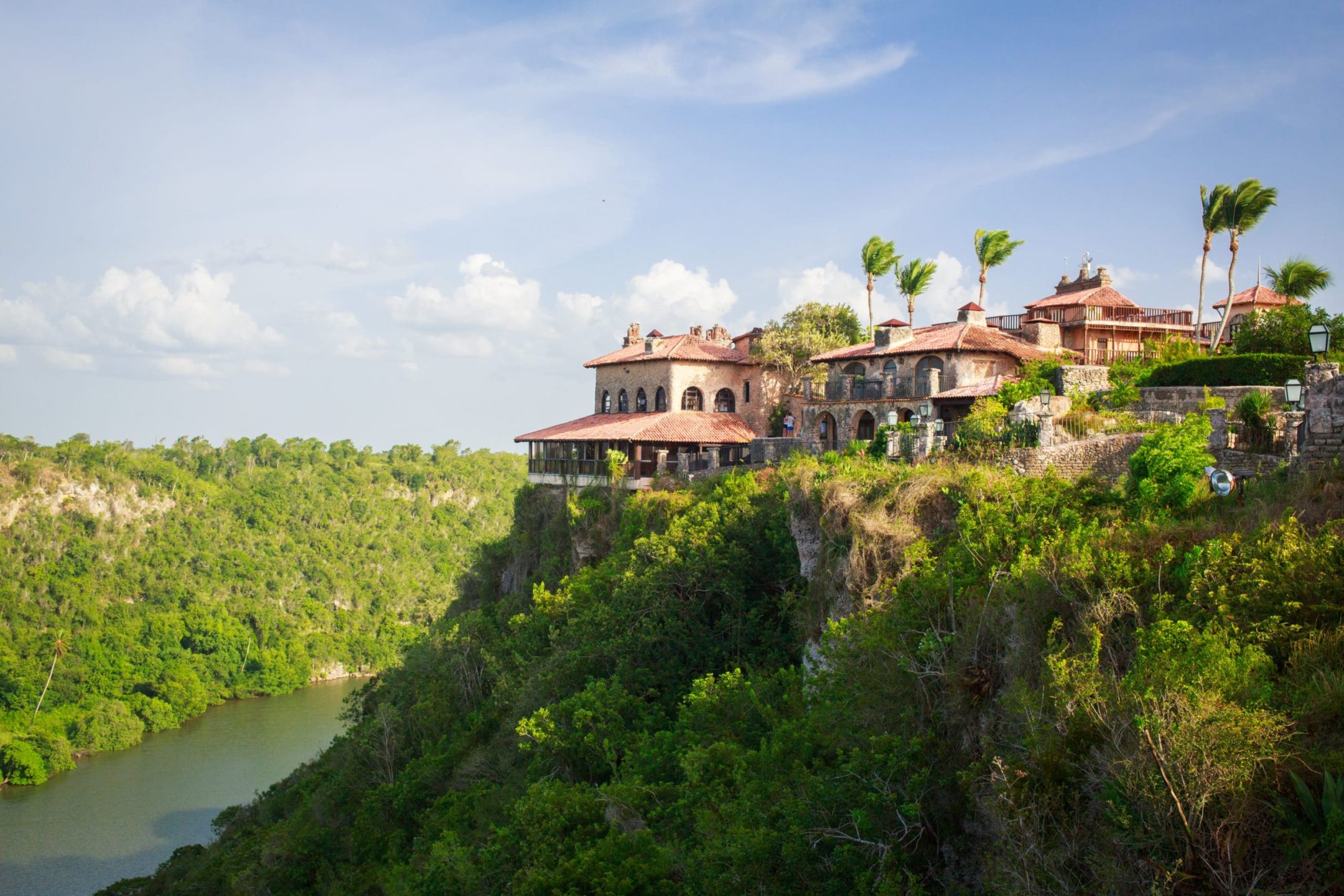The Complete Guide to Setting Up Your Destination Wedding Website
Everything you need to include for the perfect destination wedding website.

You’ve got the ring, you’ve set the date and you’ve nailed down the perfect place to say, “I do.” Now it’s time to share the news with your guests. While you can communicate all the details of the big day in your invitation suite, many couples opt for a wedding website to keep information in one place. In 2019, 79% of couples opted for a wedding website.
Wedding websites offer a variety of perks to supplement or completely replace paper invitations. Through a website you can:
- Add extra information you don’t have room for on paper invitations.
- Manage guest list and track RSVPs.
- Keep all information in one place.
- Communicate with guests in a timely manner.
- Give your wedding a personal touch.
Having a wedding website is especially important in a destination wedding, as it gives guests easy access to travel information and hotel reservations.
Ready to start building your wedding website? Follow the tips below:
How to Set Up a Destination Wedding Website
Now that you’re ready to create your site, you’ll have to make some decisions about the look of the site and the information you include. Here are three steps to get you started:
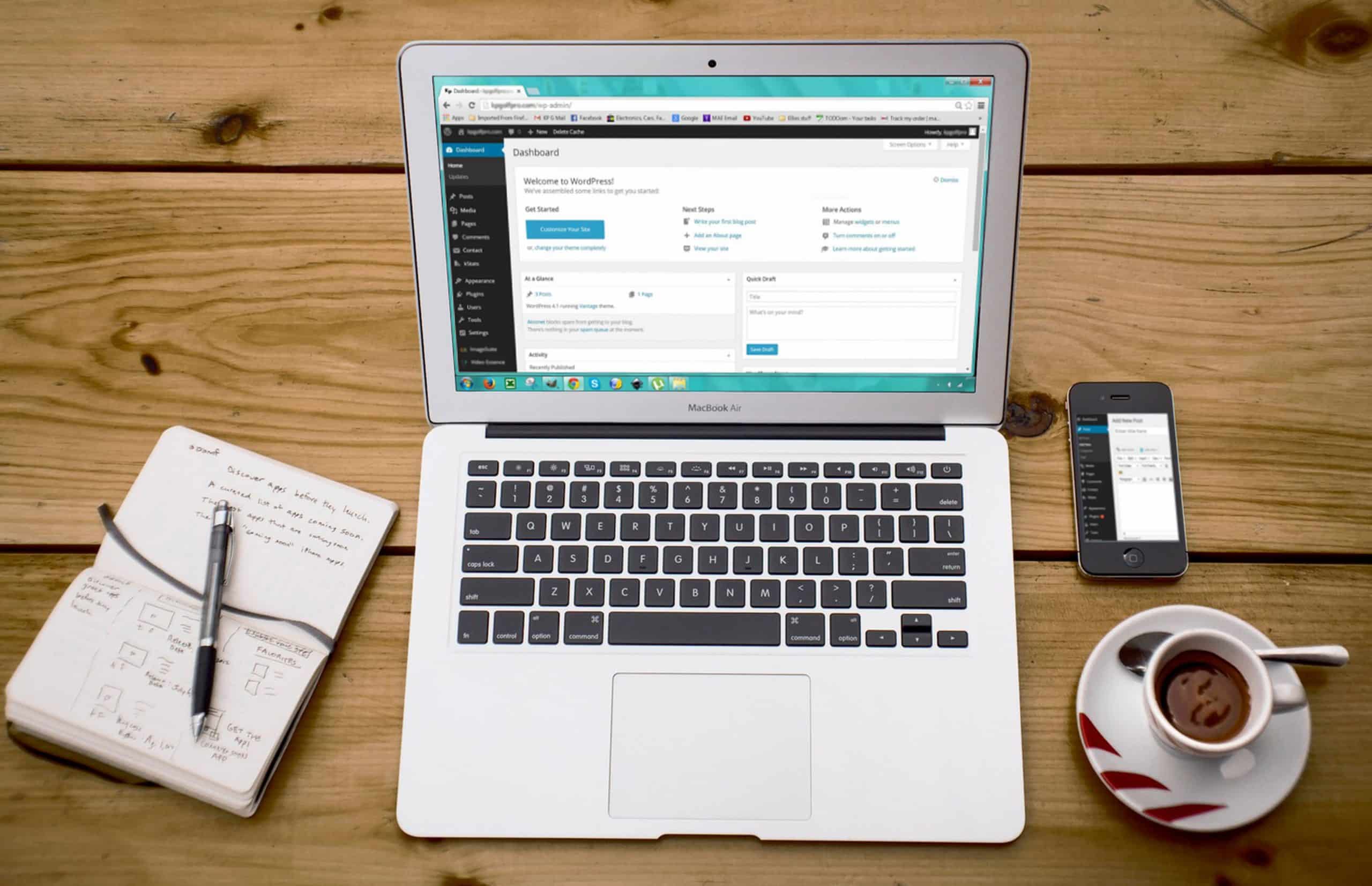
Find a host.
You don’t need any fancy coding experience to build a website. Thanks to sites like Appy Couple, you can make an interactive website with matching invitations and even an app. When you book with Destination Brides, you’ll receive a free website with travel information included so you can focus on the fun stuff.
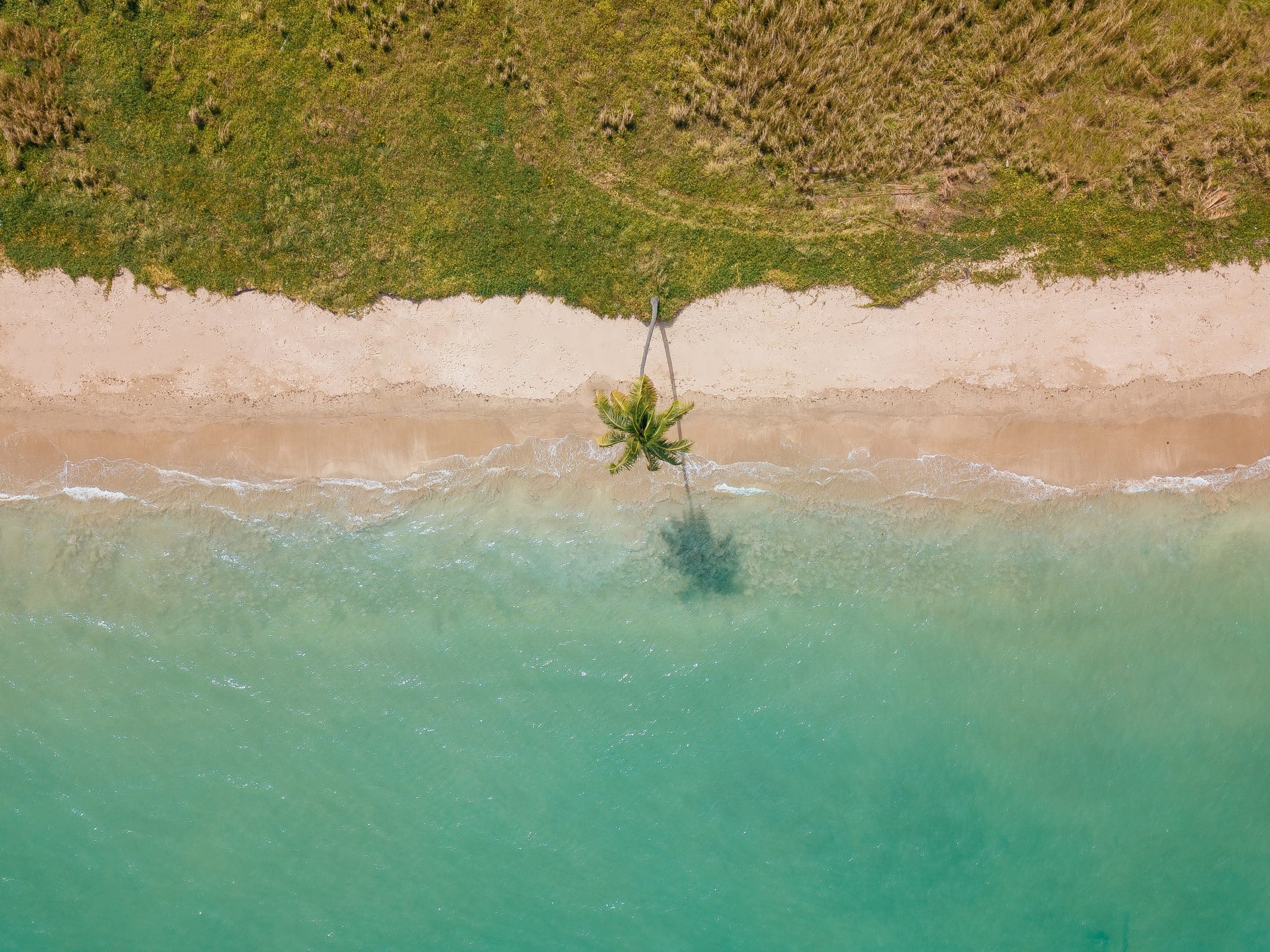
Choose a theme.
This is where you can plan out the actual appearance of the site. You may choose to base your theme off your wedding colors, your engagement photoshoot or the location of the wedding. For instance, if you’re getting married on a tropical beach, you can add a background of palm leaves or ocean waves. Check out these wedding website examples to see what other couples have done.

Add info and pictures.
Now’s the time when you can really make your website personal. The exact details and photos you put on your website are your choice, but here are some points you should be sure to include:
Things to Include on Your Destination Wedding Website

-
Itinerary
Since destination weddings are often a multi-day event, guests should have a full schedule in an easy-to-find location. This includes any meetups before the wedding, the rehearsal dinner, the ceremony, photos, the reception, a farewell brunch and any other events you have planned. It also lets guests know when they have free time to explore the resort or go on excursions.

2. Travel Information
This is the place to put information about how to get to and from the wedding. Include contact information for your travel agent, flight options, airport pickup information, local transport and any directions they may need to get to the events.

3. Hotel Information
Here, you’ll put information about the resort where you’ll hold the wedding, including a link to the resort’s website, room options and rates (including room blocks if you have them), deposit and payment deadlines, concierge contact information and any amenities included with the hotel. If the hotel is all-inclusive, you can add a list of restaurants, bars and any services that come with booking the hotel to help guests plan.

4. Destination Information
Show your guests everything your destination has to offer, from the best restaurants and bars to fun excursions like snorkeling or horseback riding. As a bonus, add a map of the resort and town where it’s located so guests know how to get around the area. Not sure what activities are available? Invest in a travel guide or look up blogs about your destination to find the best hotspots and hidden gems.
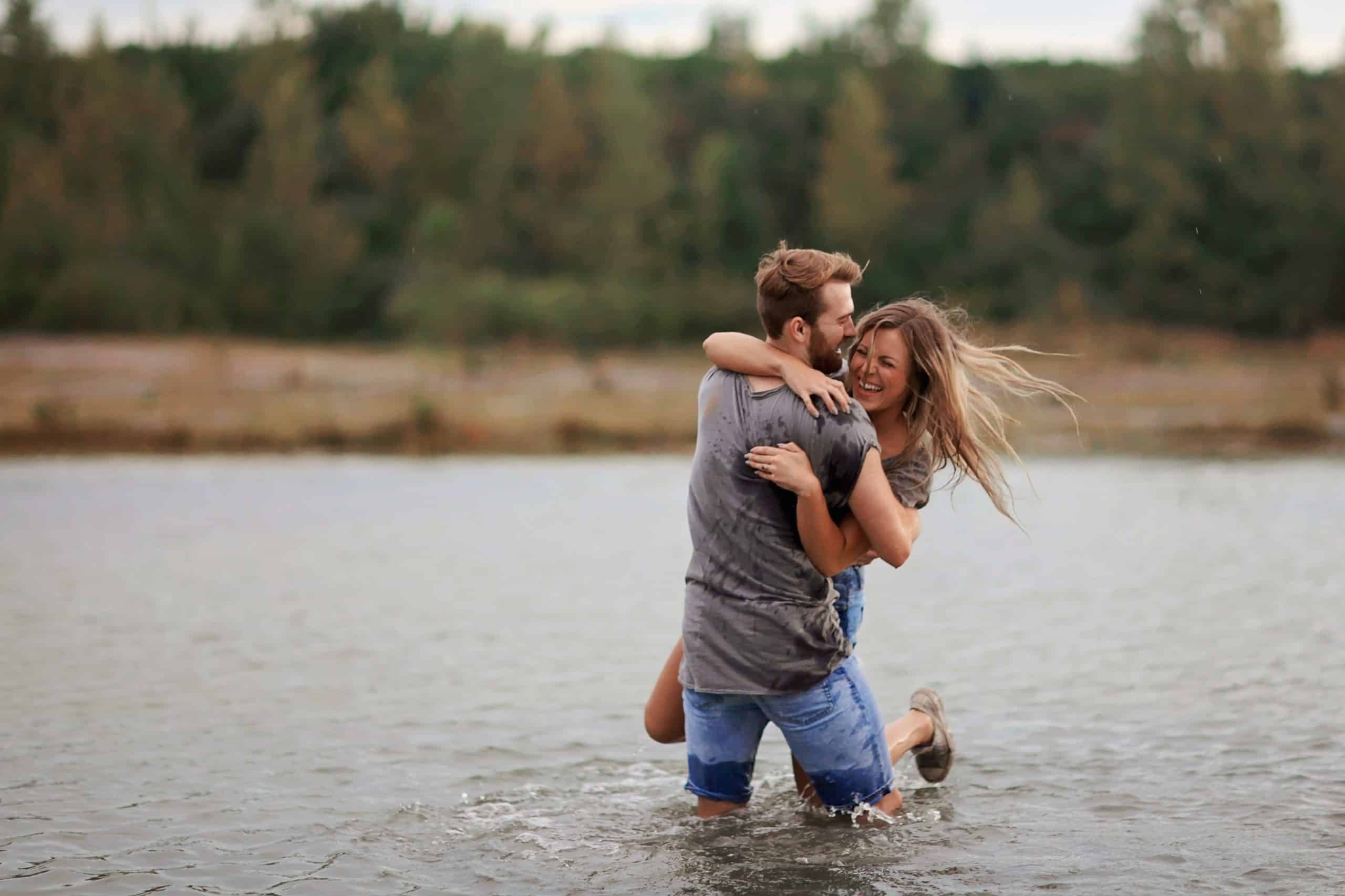
5. Personal Stories
This will be the most personal part of your wedding website, since it’s the story of you. You might choose to include bios for both of you, the story of how you met, the first date, the proposal, bios for the wedding party and even a message from your pet(s). How much or little you choose to share is your choice, and feel free to get creative with it.
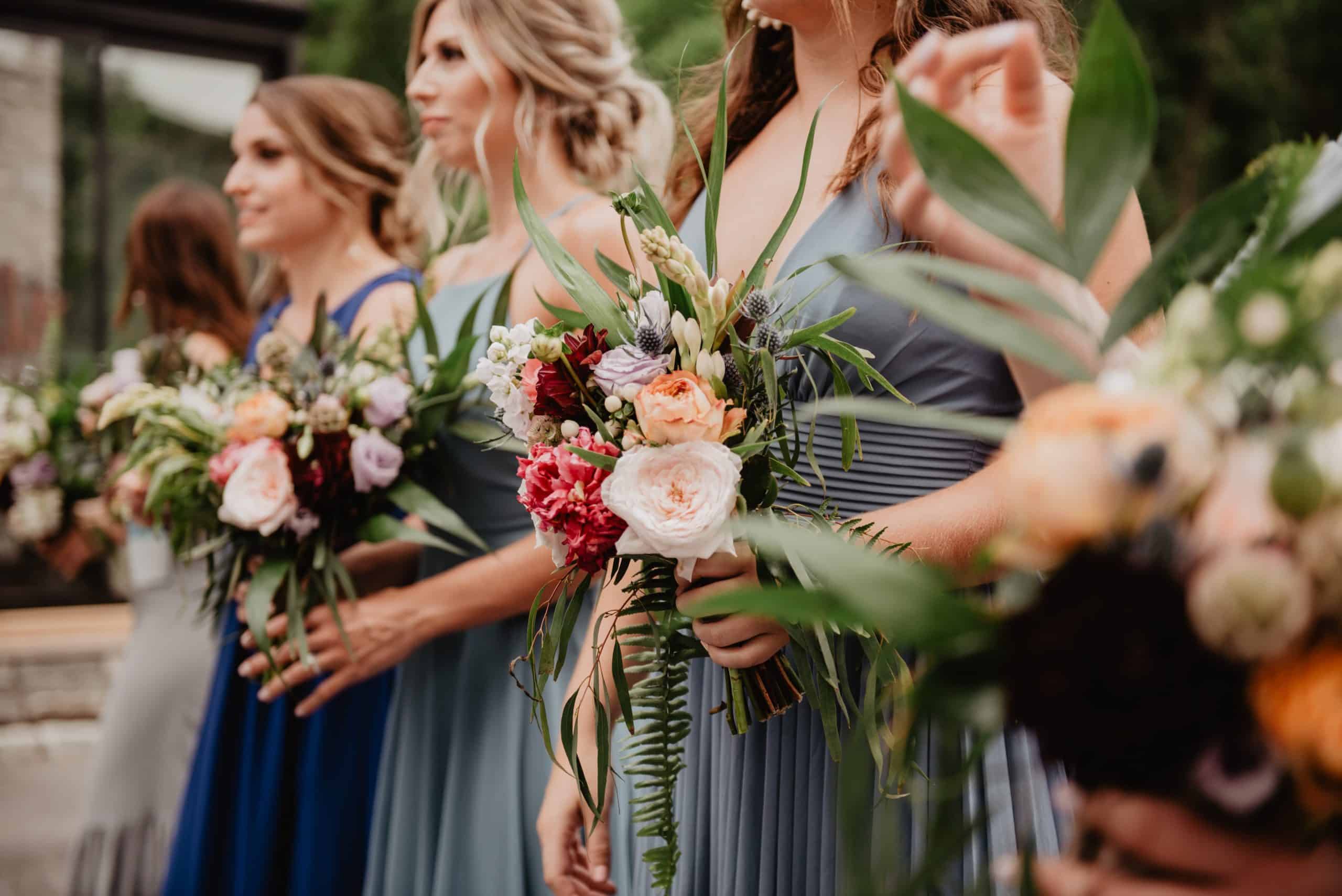
6. Meet the Wedding Party
Show guests the who’s who of your wedding party. Add pictures of your bridesmaids and groomsmen and a short bio. It can include information like how you met, their job, a fun fact about them, a quote from them or your favorite memory the two of you have together

7. Photo Gallery
Don’t just tell your story — show it! Include pictures from when you started dating, a fun trip you went on together, your engagement shoot or any other fun pictures you may have. This can also be the place to share your favorite pictures with your family or wedding party members. If you’re staying at a scenic resort, include a section of photos from the hotel’s website so guests know what to expect when they stay.
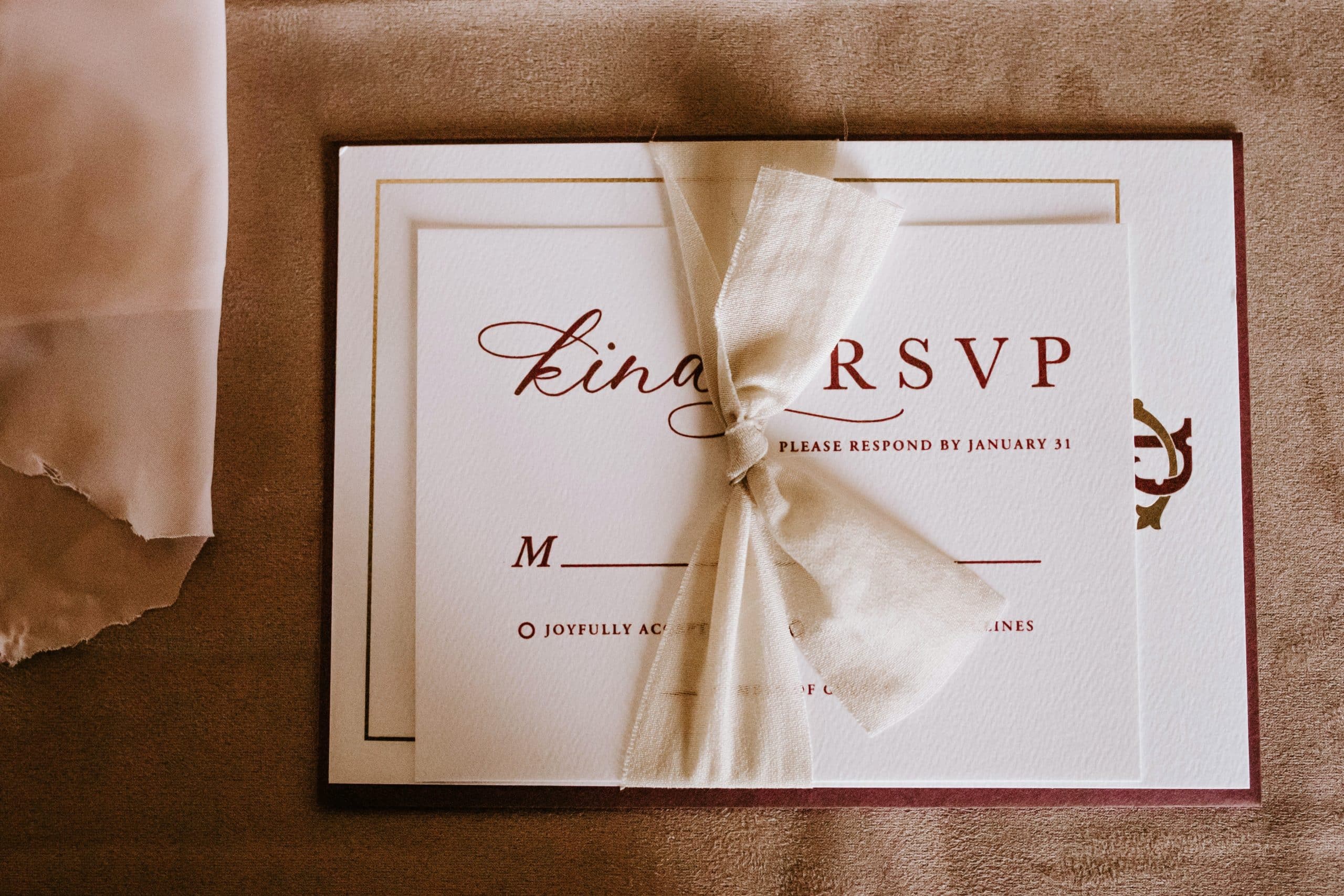
8. RSVP Link
Not only does a digital RSVP save paper, it makes things easier for both you and your guests by keeping information in one place and getting rid of the hassle of mailing RSVP cards. By having guests include their emails in RSVPs, you can get a contact list to easily send out messages and updates.

9. Gift Registry
A wedding website is the perfect place to post links to your registry, especially if you’re registered at multiple places. It also allows you to add changes in real time if you choose to update your registry. For registration inspiration, check out this article on the best places to register for your wedding.

10. Guest Forum
Use your wedding website to start a conversation among your guests. Here, guests can share what they’re excited about, ask questions and get to know each other before the big day. Some websites will require guests to log in with an email address so you can keep spam away and ensure that only your loved ones will be able to post.

11. Contact Information
It’s your special day, and the last thing you want to worry about is last-minute questions or guests getting lost. But coordinating a destination wedding can be a logistical challenge, so you’ll want to make sure you’ve designated somebody to handle everything that can go wrong. Whether it’s your maid of honor, best man, parents or wedding coordinator, find somebody that you trust to handle any questions or mishaps and include their phone number and email on your wedding website. Just make sure you ask permission first.

12. Mobile App
Websites like Appy Couple will provide a mobile version of your website through an app guests can download. This keeps information easy to access, especially if your wedding is in a foreign country where they might not have ready access to Wi-Fi or data.
With the right wedding website, you’ll make planning and execution easier for both you and your guests, while having a one-of-a-kind keepsake for years to come. Did you use a website for your wedding? Or have you attended a wedding with a website? Let us know your experiences!
